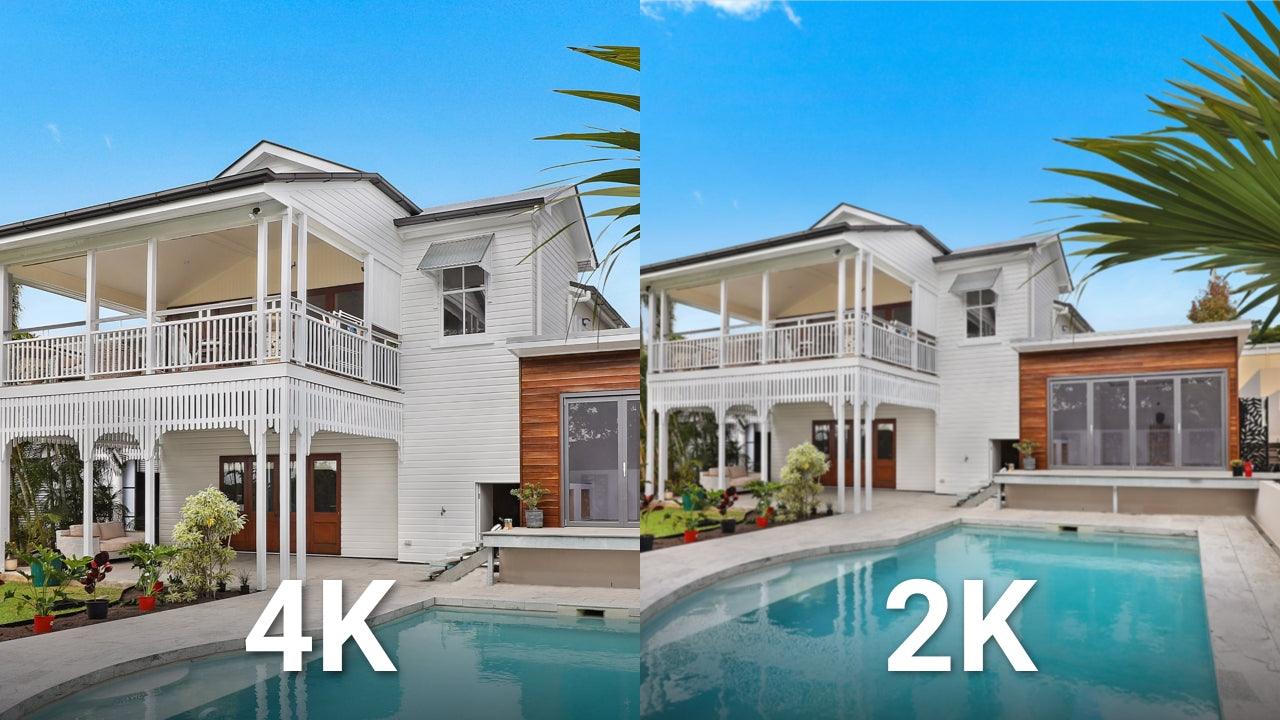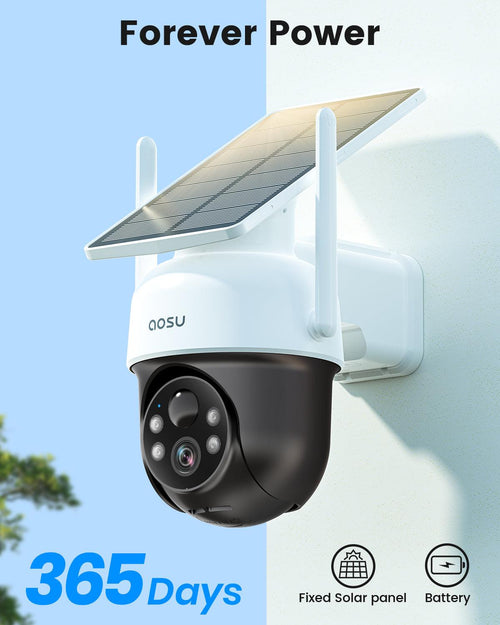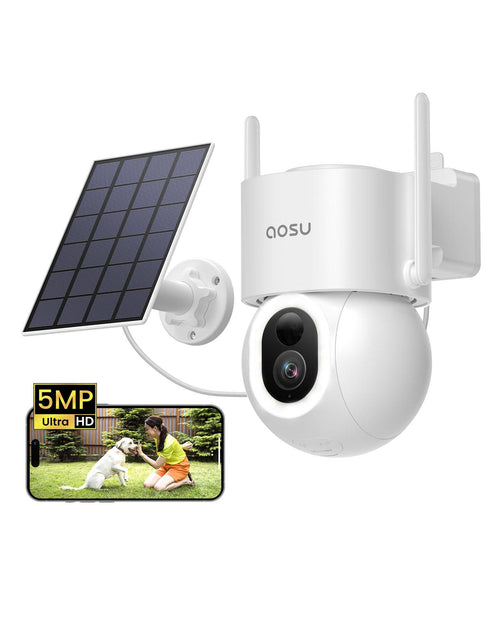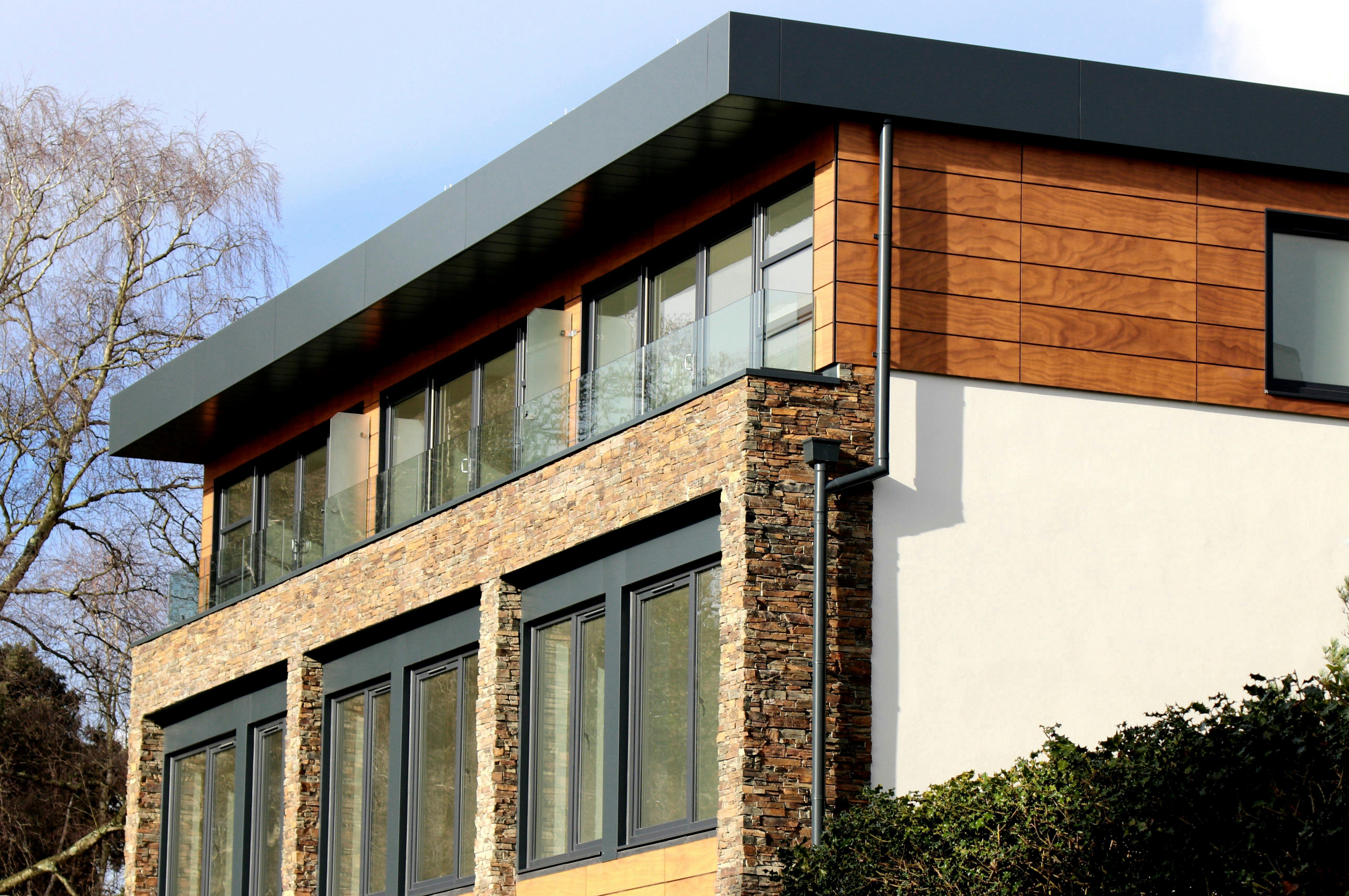When it comes to securing your property, choosing the right resolution for your security cameras is crucial. Between 2K vs 4K, which is better? Should you go for 2K, 4K, or consider a middle-ground option like 3K? It all depends on your specific need. Understanding the strengths and limitations of each resolution will help you make an informed decision, ensuring you get the best surveillance quality for your specific needs. Let's delve into the details and find the perfect resolution for your security system.
What Is Resolution?
Resolution refers to the number of tiny dots, or pixels, that make up the display on your screen. Think of these pixels as the building blocks of a picture, much like tiny tiles in a mosaic. The more pixels you have, the sharper and clearer your image will be, just like how a detailed mosaic looks more vibrant and defined.
Imagine watching your favorite movie. With a lower resolution like 720p (HD), it’s like looking at a painting from a distance. You can see the overall picture, but some details are a bit fuzzy. Now, bump it up to 1080p (Full HD), and it’s like stepping closer; everything becomes more detailed and lifelike.
Higher resolution means more pixels, which translates to finer details, making your favorite shows, movies, and games look more lifelike. So, when you’re shopping for a new TV, remember that more pixels mean a clearer, sharper, and more immersive viewing experience, much like upgrading from an old photograph to a high-definition image.
But what about security cameras? Which resolution should I choose for security cameras? Is 4K always better than 2K? Well, that’s not the case.
Deciding between 2K and 4K resolution depends on your specific needs. Are you looking to capture every minute detail in a large area, or are you monitoring a smaller space where extreme detail isn’t as crucial? Before making a decision, it’s essential to understand what these resolutions mean and how they differ from each other.

2K vs 4K Resolutions for Security Cameras: Comparing the Differences
When choosing security cameras, understanding the difference between 2K and 4K resolutions is crucial. These two options offer varying levels of detail and clarity, impacting how well you can monitor and identify activities. Whether you're protecting a small business, a home, or a larger property, knowing the strengths and limitations of 2K and 4K cameras will help you make the best choice for your security needs. Let's explore how these resolutions compare and which might be right for you.
What Is 2K Resolution?
2K resolution refers to a display resolution with approximately 2000 horizontal pixels. For consumer electronics like monitors and some security cameras, 2K is often specified as 2560 x 1440 pixels, also known as Quad HD (QHD) or WQHD. This resolution offers four times the detail of standard 720p HD and is a significant step up from Full HD (1080p), providing sharper and clearer images.
In practical terms, 2K resolution delivers a more detailed and refined image quality, which is particularly useful for security cameras. With 2K resolution, you can capture more details in the video feed, making it easier to identify faces, read license plates, and notice finer details that might be missed with lower resolutions. This makes 2K an excellent choice for medium to large areas where enhanced detail is beneficial but where 4K might be more than necessary.
For security applications, 2K cameras are ideal for monitoring homes, small businesses, and specific zones within larger properties. They strike a balance between providing high-quality images and managing storage requirements, as 2K video files are smaller than 4K, reducing the need for extensive storage capacity.
In summary, 2K resolution offers a substantial improvement over Full HD, making it a great option for those who need clear and detailed video surveillance without the additional cost and storage demands of 4K resolution.
What is 4K Resolution?
4K resolution, also known as Ultra High Definition (UHD), refers to a display resolution of approximately 4000 horizontal pixels. The most common 4K resolution for consumer electronics, including security cameras, is 3840 x 2160 pixels. This provides four times the detail of Full HD (1080p), resulting in incredibly sharp and detailed images.
In the context of security cameras, 4K resolution offers significant advantages, especially when it comes to capturing minute details. With 4K, you can clearly identify faces from a distance, read license plates, and discern other critical details that might be crucial for security purposes. This high level of detail is particularly beneficial in large areas or locations where precise identification is necessary.
4K resolution excels in scenarios that demand the highest quality and clarity, such as monitoring expansive properties, parking lots, or high-security areas. However, it’s important to consider that 4K video files are much larger than their 2K counterparts, which means you’ll need more storage capacity and potentially higher bandwidth for streaming.
Despite these requirements, the benefits of 4K resolution in security cameras are undeniable. The ultra-clear video quality can provide peace of mind, knowing that your surveillance system can capture every detail with precision. Whether for commercial or residential use, 4K cameras represent the cutting edge of security technology, ensuring you don’t miss a thing.
In conclusion, 4K resolution offers unparalleled image quality, making it an ideal choice for anyone needing top-tier video surveillance. While it requires more resources in terms of storage and bandwidth, the clarity and detail provided by 4K are well worth the investment for comprehensive security coverage.
Comparison Table: 2K vs 4K Resolutions for Security Cameras
|
Feature |
2K Resolution (QHD) |
4K Resolution (UHD) |
|
Resolution |
2560 x 1440 pixels |
3840 x 2160 pixels |
|
Detail Level |
High |
Ultra High |
|
Image Clarity |
Clear and sharp |
Extremely clear and detailed |
|
Storage Requirements |
Moderate |
High |
|
Bandwidth Requirements |
Moderate |
High |
|
Cost |
Generally lower |
Generally higher |
|
File Size |
Smaller compared to 4K |
Larger, requires more storage |
|
Benefits |
Enhanced detail over Full HD, balanced storage needs |
Superior detail, captures fine details, ideal for critical security applications |
|
Ideal Use Case |
Medium to large areas, homes, small businesses |
Large areas, high-security zones, detailed identification |
|
Examples of Use |
Residential surveillance, small to medium businesses |
Large properties, parking lots, high-security environments |
This table highlights the key differences between 2K and 4K resolutions, helping you to choose the best option based on your specific security needs.
Considering 3K Resolution as a Balanced Alternative
If you find the high storage and bandwidth requirements of 4K resolution are overwhelming, 3K resolution can be an excellent middle-ground option. 3K resolution typically provides around 3072 x 1728 pixels, offering a significant improvement in image clarity and detail over 2K without the hefty demands of 4K.
Benefits of 3K Resolution
- Enhanced Detail: With more pixels than 2K, 3K resolution captures finer details, making it easier to identify faces, read license plates, and notice other important elements in the video feed.
- Moderate Storage Requirements: While 3K files are larger than 2K, they are not as demanding as 4K, striking a balance between image quality and storage needs. This makes 3K a practical choice for those who want high-quality footage without the need for extensive storage solutions.
- Lower Bandwidth Usage: Streaming 3K video requires less bandwidth compared to 4K, reducing the strain on your network and making it feasible for locations with moderate internet speeds.
- Cost-Effective: 3K security cameras are generally more affordable than 4K models, providing excellent image quality at a lower price point.
Ideal Use Cases for 3K Resolution
- Residential Surveillance: Perfect for homeowners who need clear, detailed footage without the high storage costs associated with 4K.
- Medium-Sized Businesses: Ideal for businesses that require detailed video surveillance for security purposes but want to manage costs and storage efficiently.
- Specific Monitoring Zones: Great for areas that need more detail than 2K can provide but where 4K might be overkill, such as entrances, hallways, or smaller outdoor areas.
In summary, 3K resolution offers a compelling compromise between the higher quality of 4K and the more manageable storage and bandwidth needs of 2K. By choosing 3K, you get improved image clarity and detail without the significant increase in resource demands, making it an attractive option for many security applications.
Conclusion
Choosing the right resolution for your security cameras is vital for effective surveillance. While 4K offers superior detail, 2K provides a good balance of quality and storage needs, and 3K serves as a practical middle-ground option. Assess your specific requirements and make an informed choice to ensure optimal security coverage.












Leave a comment
This site is protected by hCaptcha and the hCaptcha Privacy Policy and Terms of Service apply.